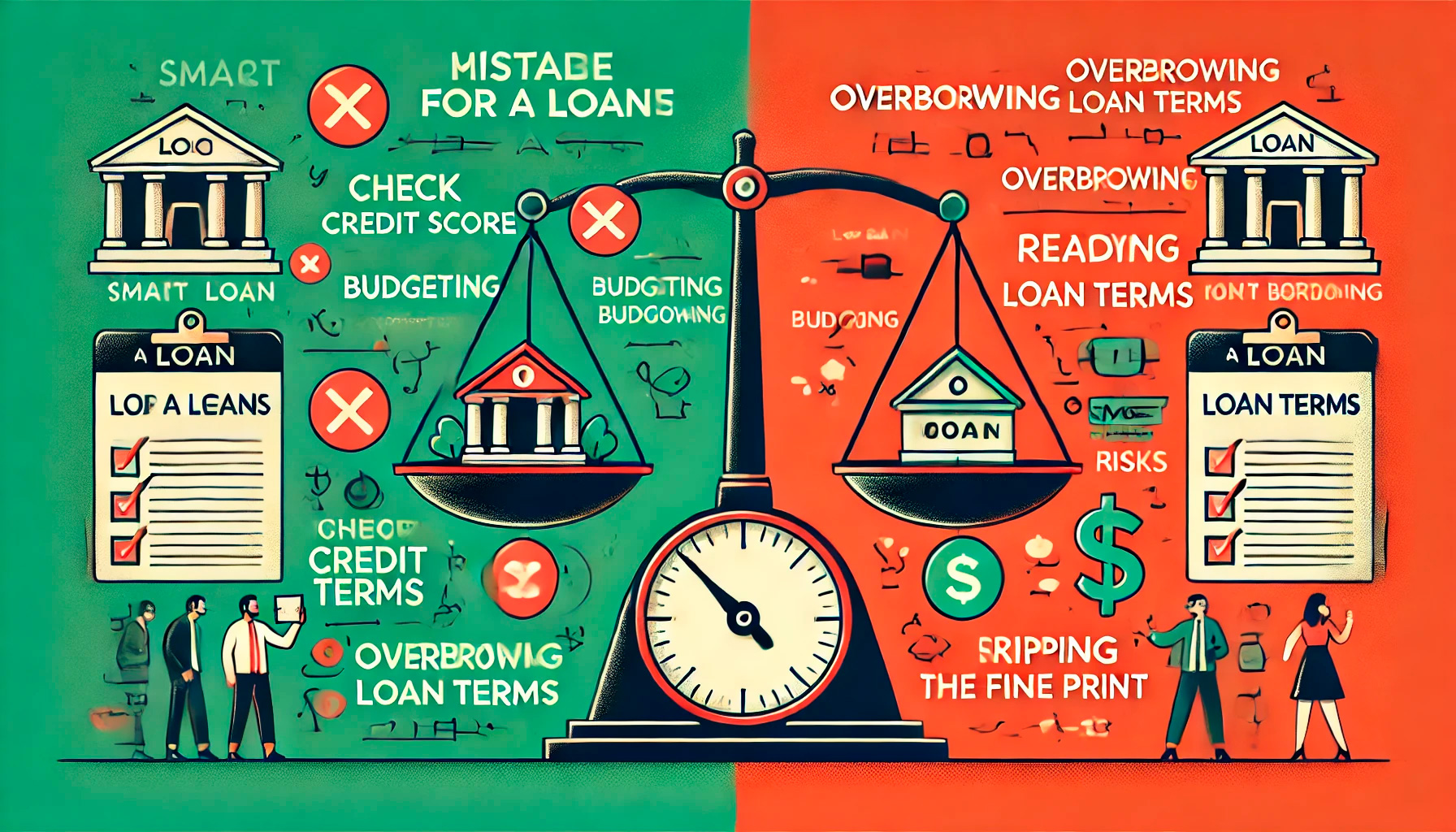Applying for a loan can feel like navigating a maze—full of twists, turns, and potential pitfalls. Whether you’re seeking funds for a new home, a business venture, or an unexpected expense, the process demands careful planning and attention to detail. Unfortunately, many borrowers stumble along the way, making mistakes that can delay approval, increase costs, or even result in rejection. Understanding these common errors can help you avoid them and improve your chances of securing the loan you need. Let’s delve into the most frequent missteps borrowers make when applying for a loan.
Failing to Check Your Credit Score
Your credit score is one of the first things lenders look at when evaluating your loan application. It serves as a snapshot of your financial health, reflecting your history of borrowing and repayment. Yet, many borrowers neglect to check their credit score before applying for a loan. This oversight can lead to unpleasant surprises, such as discovering errors on your credit report or realizing your score is lower than expected.
Before submitting your application, take the time to review your credit report from all three major credit bureaus—Equifax, Experian, and TransUnion. Look for inaccuracies, such as incorrect account balances or fraudulent activity, and dispute any errors you find. If your score is lower than desired, consider taking steps to improve it, such as paying down outstanding debts or avoiding new credit inquiries. A strong credit score not only increases your chances of approval but also helps you secure better interest rates.
Overlooking the Importance of a Budget
Another common mistake is failing to create a realistic budget before applying for a loan. Borrowers often focus on how much they can borrow rather than how much they can afford to repay. This approach can lead to overborrowing, which strains your finances and increases the risk of default.
To avoid this pitfall, carefully assess your income, expenses, and savings. Determine how much you can comfortably allocate toward loan payments each month without compromising your ability to cover other essential costs. Remember, a loan is a long-term commitment, and taking on more debt than you can handle can have serious consequences for your financial stability.
Ignoring the Fine Print
Loan agreements are often filled with legal jargon and complex terms, making it tempting to skim through the fine print. However, ignoring the details can lead to costly misunderstandings. For example, you might overlook hidden fees, prepayment penalties, or variable interest rates that can significantly increase the cost of your loan.
Take the time to read and understand every aspect of your loan agreement. If something is unclear, don’t hesitate to ask the lender for clarification. Being informed about the terms and conditions ensures that you’re making a well-informed decision and prevents unpleasant surprises down the road.
Applying for Multiple Loans Simultaneously
When in need of funds, it’s natural to want to explore all available options. However, applying for multiple loans at once can harm your credit score and raise red flags for lenders. Each loan application typically triggers a hard inquiry on your credit report, which can lower your score by a few points. Multiple inquiries within a short period can make you appear desperate or financially unstable.
Instead of casting a wide net, focus on identifying the loan that best suits your needs. Research lenders, compare interest rates and terms, and narrow down your options before submitting an application. This targeted approach not only protects your credit score but also increases your chances of approval.

Underestimating the Total Cost of the Loan
Many borrowers fixate on the monthly payment amount without considering the total cost of the loan. This narrow focus can lead to poor financial decisions, such as opting for a longer loan term to reduce monthly payments. While this might seem appealing in the short term, it often results in paying significantly more in interest over the life of the loan.
To avoid this mistake, calculate the total cost of the loan, including interest and fees, before making a decision. Use online loan calculators to compare different scenarios and determine which option offers the best balance between affordability and cost-effectiveness. Understanding the full picture helps you make a more informed choice and avoid unnecessary expenses.
Neglecting to Prepare Documentation
Loan applications require a variety of documents, such as proof of income, tax returns, bank statements, and identification. Failing to gather and organize these materials in advance can delay the approval process or even lead to rejection. Lenders need this information to verify your financial stability and assess your ability to repay the loan.
Before applying, create a checklist of all required documents and ensure they are up to date and accurate. Having everything ready not only speeds up the process but also demonstrates your preparedness and reliability to the lender.
Overlooking Alternative Options
Finally, many borrowers make the mistake of assuming that traditional bank loans are their only option. While banks are a common source of funding, they are not the only ones. Alternative lenders, credit unions, and online platforms often offer more flexible terms and faster approval processes. Additionally, government programs, grants, or crowdfunding might be viable options depending on your needs and circumstances.
Exploring these alternatives can open up new possibilities and help you find a solution that better aligns with your financial goals. Don’t limit yourself to conventional options—be open to innovative approaches that might offer better terms or lower costs.
Conclusion: Learning from Mistakes
Applying for a loan is a significant financial decision that requires careful thought and preparation. By avoiding these common mistakes, you can improve your chances of approval, secure better terms, and protect your financial health. Remember, the key to a successful loan application lies in understanding your financial situation, researching your options, and approaching the process with diligence and patience.
Mistakes are a natural part of any journey, but learning from them can set you on the path to success. Whether you’re a first-time borrower or a seasoned applicant, taking the time to plan and prepare can make all the difference. After all, the goal is not just to secure a loan but to do so in a way that supports your long-term financial well-being.



